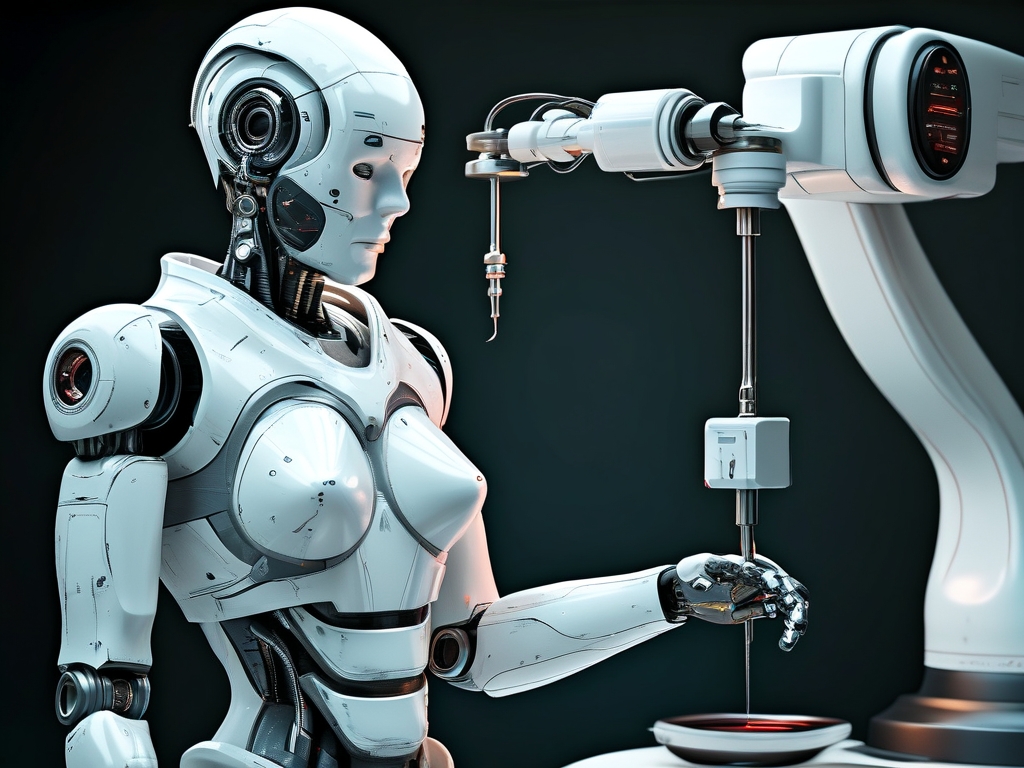In the rapidly evolving field of embedded systems development, access to high-quality educational materials can make the difference between stagnation and mastery. Among the most sought-after resources in this domain are Mr. Lü's Embedded Development Materials, a meticulously curated collection that has become a cornerstone for students, hobbyists, and professionals alike. This article explores the significance of these materials, their structure, and how they empower learners to tackle real-world challenges in embedded systems.
Why Mr. Lü's Resources Stand Out
Embedded systems sit at the intersection of hardware and software, demanding proficiency in programming, circuit design, and system optimization. Mr. Lü, a seasoned educator and industry expert, has compiled resources that address these complexities through a blend of theoretical rigor and practical application. Unlike fragmented online tutorials, his materials follow a structured learning path, starting with foundational concepts like microcontroller architectures (e.g., ARM Cortex-M series) and progressing to advanced topics such as real-time operating systems (RTOS) and IoT connectivity protocols.
One standout feature is the inclusion of hands-on projects. For instance, learners build a smart home automation system from scratch, integrating sensors, actuators, and wireless communication modules. These projects mirror industry workflows, teaching essential skills like debugging with JTAG probes, optimizing power consumption, and writing efficient C/C++ code for resource-constrained environments.
Core Components of the Material
-
Fundamental Theory
The resources begin with primers on digital electronics and microprocessor fundamentals. Clear explanations of binary logic, clock cycles, and interrupt handling demystify low-level operations. Annotated circuit diagrams and datasheets help learners interpret technical documentation—a critical skill for embedded developers. -
Toolchain Mastery
Mr. Lü emphasizes mastery of industry-standard tools like Keil MDK, IAR Embedded Workbench, and Eclipse-based IDEs. Step-by-step tutorials cover configuring toolchains, writing linker scripts, and leveraging debuggers to trace hardware-software interactions. A dedicated module on version control with Git ensures learners adopt professional practices early. -
Real-World Case Studies
The materials include dissections of commercial embedded systems, such as wearable health monitors and industrial PLCs. These case studies reveal design trade-offs, such as balancing performance with energy efficiency, and demonstrate how to mitigate common pitfalls like race conditions or memory leaks. -
Community and Support
A private forum accompanies the resources, where learners discuss challenges and share project updates. Mr. Lü actively participates, offering personalized feedback—an invaluable feature for self-paced learners.
Impact on Career Development
Graduates of Mr. Lü’s program frequently highlight how the materials accelerated their careers. For example, one alumnus credited the RTOS module for enabling their transition from Arduino-based prototypes to designing safety-critical automotive systems. Another praised the focus on low-level driver development, which helped them secure a role at a semiconductor giant.
Employers increasingly recognize the value of these resources. A survey of tech recruiters revealed that candidates familiar with Mr. Lü’s work often demonstrate superior problem-solving skills during technical interviews, particularly in tasks involving bare-metal programming or hardware-software co-design.

Challenges and How to Overcome Them
While comprehensive, the material’s depth can overwhelm beginners. Mr. Lü mitigates this by providing learning milestones and optional "deep dive" sections. For instance, a module on communication protocols (UART, SPI, I2C) includes basic implementations for novices and advanced error-handling techniques for seasoned learners.

Time management is another common hurdle. The curriculum suggests dedicating 10–15 hours weekly, with flexible scheduling. Many learners pair the materials with MOOCs or local study groups to maintain momentum.
The Future of Embedded Education
As IoT and edge computing redefine tech landscapes, Mr. Lü’s team continues to update the resources. Recent additions include tutorials on AI at the edge (e.g., TensorFlow Lite for microcontrollers) and secure firmware updates using cryptographic libraries. These updates ensure the materials remain relevant in an era where embedded systems increasingly interface with cloud platforms and machine learning models.
Mr. Lü’s Embedded Development Materials represent more than a static collection of tutorials—they are a dynamic ecosystem fostering innovation and expertise. By combining theory, practice, and community support, they equip learners to navigate the complexities of modern embedded systems. Whether you’re a student aiming for your first robotics project or a professional transitioning into embedded roles, these resources offer a proven pathway to success. As the adage goes, "Give someone a code snippet, and they’ll fix a bug today; teach them embedded systems holistically, and they’ll build the devices of tomorrow."









